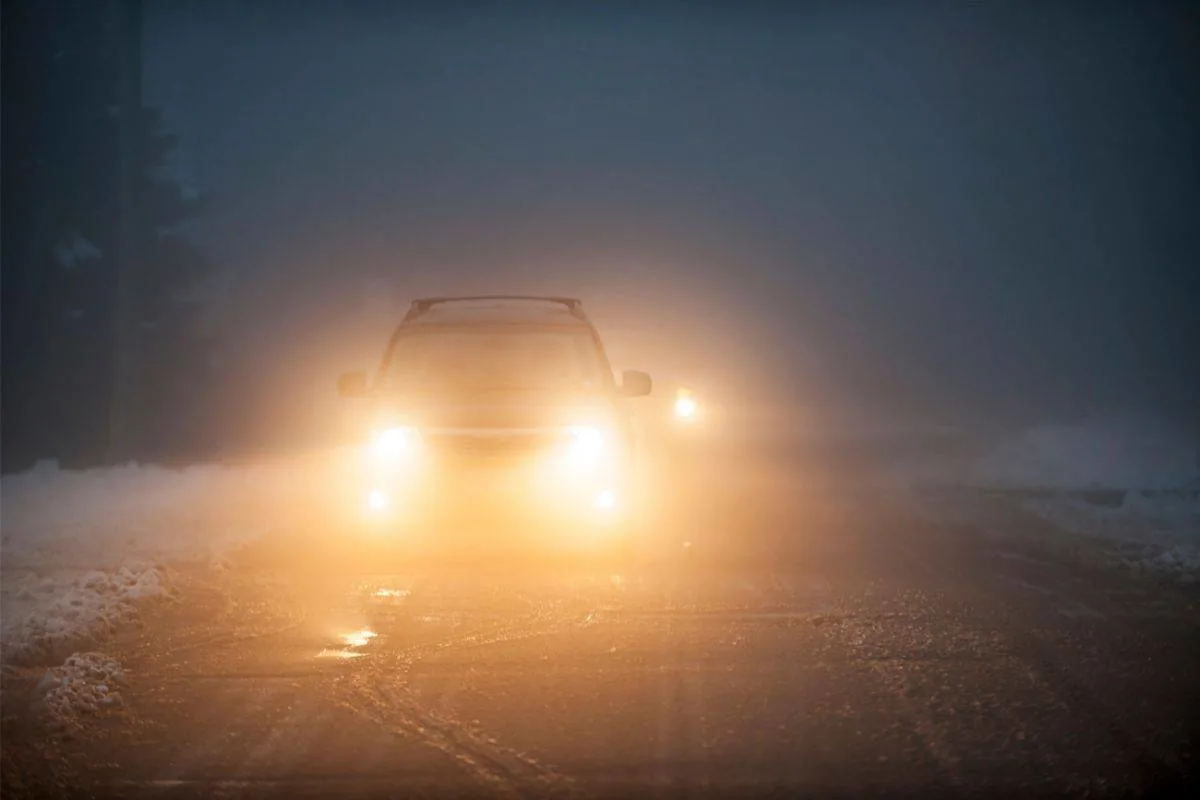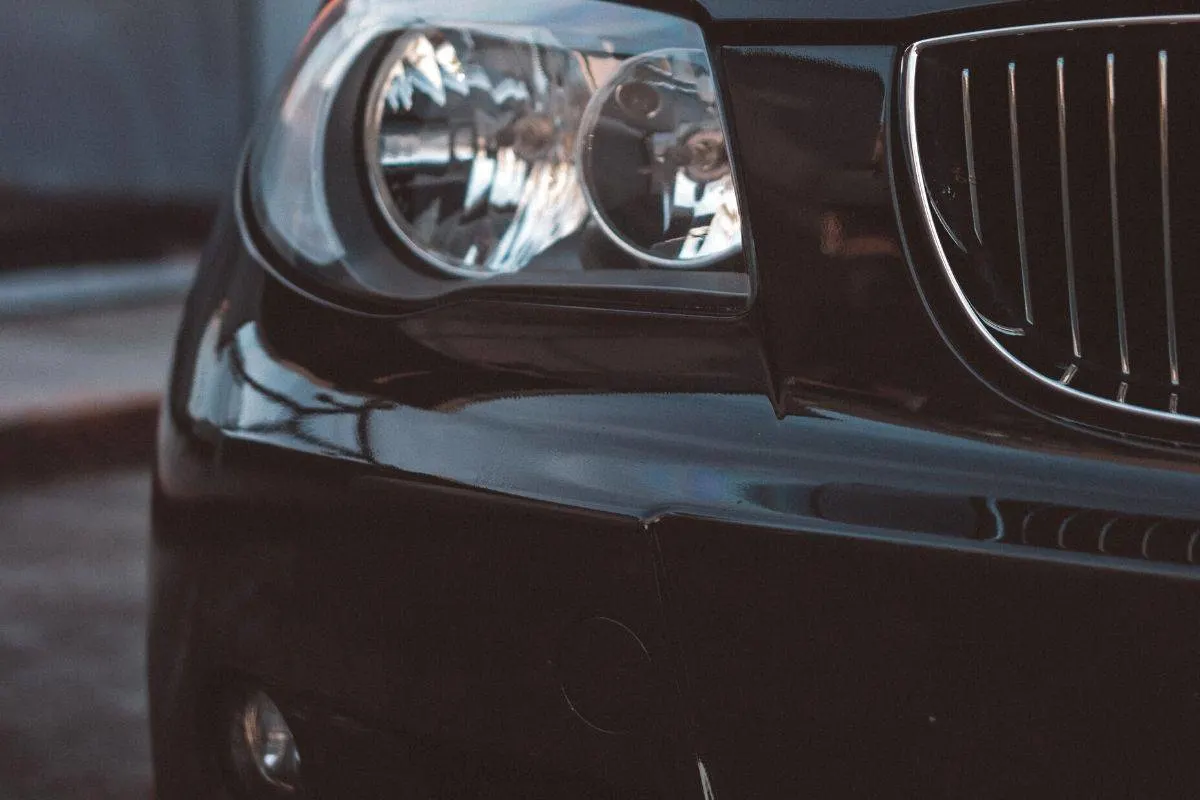There really is no excuse for blinding others with our headlights. Aside from being extremely dangerous if we temporarily impair the vision of other drivers and can even cause an accident, it is illegal (state-dependent) and unethical.
Low beams are ideal for normal driving conditions on roads with clear lines of sight. High beams are long-range lights helpful for nighttime conditions that require proper lighting in areas where low beams are inadequate. Fog lights are for adverse weather conditions, such as heavy rain or snow.
It’s therefore essential to know all the lights on our vehicles and how to use each one, for the sake of every road user. Keep reading to learn more about these different types of headlights and how to best use them!
Headlight Types & Why They Matter!
Headlights are typically positioned at the front of the car to illuminate the road ahead of us.
They provide the maximum amount of light possible to alert oncoming drivers!
Headlights are available in two modes, high and low.
High beams have more power and can project light to a distance of between 350 and 500 feet. This distance varies depending on the lighting system of our cars. To activate the high beams, you only need to push or pull the turn-signal device.
High beams project light upwards, and the light distribution is mainly concentrated in the middle, which produces a glare.
Even with auto-dimming lights, the high-beam mode needs to be manually switched on by the driver. However, in specific new models, the high beams function using a camera placed on the rearview mirror facing forward and a sensor.
The sensor can detect conditions with minimal light, and the camera keeps track of approaching vehicles.
High beams are mainly meant for use within short durations and only in poorly lit areas. Driving in high beam mode has a blinding effect on other drivers, which poses a safety risk.
It is mandatory to switch off the high beams in most states whenever the oncoming vehicle is within 500 feet. It’s also prohibited to flash high beam lights within the same distance.
When to Switch to High Beams
We should only use high beams in select areas such as;
- In low visibility conditions
- Where there is no approaching traffic in both directions
- On hills, junctions, and curves, since it’s not possible to tell if there’s an approaching vehicle
- In remote areas with little or no light
- Low Beams
Low beams are the most commonly used in any vehicle.
The low-beam mode gives off less light, up to a distance of between 200 and 300 feet. They project light down towards the road to minimize the effect on other drivers.
New car models now have auto-dimming lights, which can switch between modes upon detecting surroundings with low light levels.
When to Switch to Low Beams
Low beams are suitable for driving;
- At night during normal weather conditions
- In dimly lit areas such as indoor parking lots
- Times when it’s hard to see other vehicles, such as before sunrise and sunset
- During the day when it’s raining, sleeting, or snowing
Unlike what most of us think, in poor weather conditions such as fog, rain, or snow, low beam is the most appropriate light to use.
Water molecules tend to reflect light emitted by high beams. This makes it harder for you to have a clear line of sight of the road ahead. The water droplets make everything in front of you appear blurred.

What Are Fog Lights?
Fog lights are mounted under the front bumper and behind the rear bumper. They are intentionally positioned slightly inside the vehicle’s body to prevent the light from shining upwards and producing a glare during bad weather.
Fog lights are separate and independent from the headlights. They complement the vehicle’s standard lights, lighting up the area in front, just below the fog.
Most fog lights emit yellow light, though, in modern vehicles, they have a white light.
The beam is rectangular to cover a wider area horizontally. The lamp has a deflective body, focusing the light straight down towards the road.
Rear fog lights give off a red light and have no deflector. They indicate where we are to drivers behind us without being distractive.
Under normal weather conditions, fog lights shouldn’t be in use. They are actually prohibited in some states. This is because vehicle owners tend to switch the manufacturer’s fog lights for others with bright, multi-directional white lights.
When to Switch on Fog Lights
Fog lights are specifically designed for conditions where:
- The fog is very thick, posing a danger
- Instances where the visibility is very low such as smoky, dusty conditions
- They are appropriate for use when we need to see the roadside not illuminated by headlights
- On winding roads or immediate corners
Since they can appear similar to brake lights, it’s advisable to use them only when we can’t see beyond 100 meters.
Frequently Asked Questions
Should I Flash My High-Beam Headlights if Another Driver Doesn’t Dim Theirs?
It’s not advisable to flash our high-beam headlights regardless of the other driver’s behavior. The message we intend to communicate by flashing our lights is open to misinterpretation. Some people may think we are rude, angry, or trying to warn them of an accident behind us.
Are Fog Lights and Low Beams the Same Thing?
No. Fog lights are independent and are only present in certain vehicles since they are not a legal requirement. Both high and low beams are part of the headlights, which are on the front bumper.
Is it Legal to Drive with Fog Lights On?
Well, technically, it’s legal to drive while our fog lights are on. However, the light they project should be within the acceptable range to avoid distracting other drivers.
Can I Use Fog Lights When it’s Raining Heavily?
Yes, fog lights are great for rainy conditions. They complement the headlights and help to minimize the glare from your headlights. Avoid them in light rain as they can affect other drivers’ ability to see.
Can I Use Fog Lights Instead of Headlights?
Although fog lights are often used together with headlights, it’s not advisable to use fog lights in place of the headlights. However, in emergencies, it’s okay to use them.
Is it Legal to Use LED Fog Lights on the Road?
Legally, it’s okay to use LED fog lights on the road. However, this largely depends on the direction towards which the light gets aimed.
The type of bulb in use is not the issue, but it can have a legal impact when mounted the wrong way. If the light projects farther than the specified legal field of vision, it will affect other drivers, posing a safety risk.
If my vehicle initially has no fog lights, I can have them mounted. The lights should be about 10 inches to 224 inches above the ground. They should also be below my regular headlights.
How Far Should Fog Lights Shine?
There is no specific distance that the light emitted by fog lights should cover.
